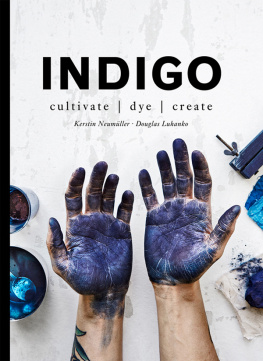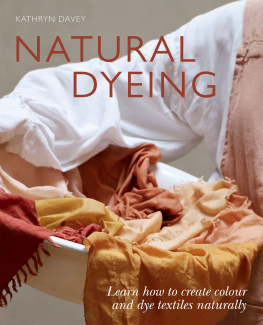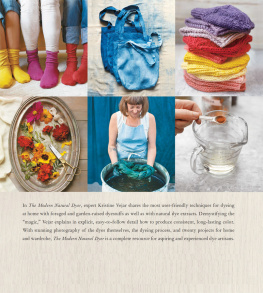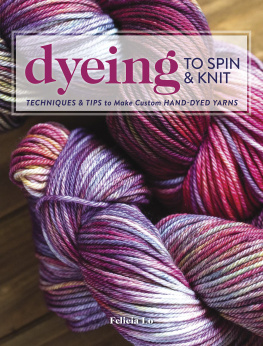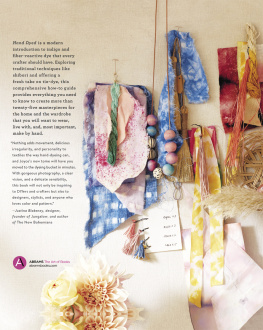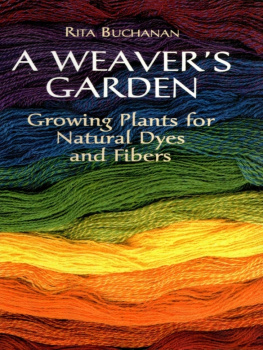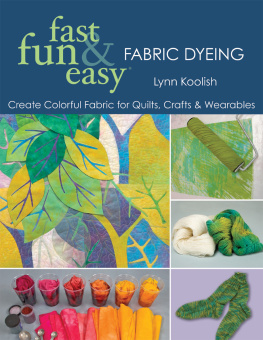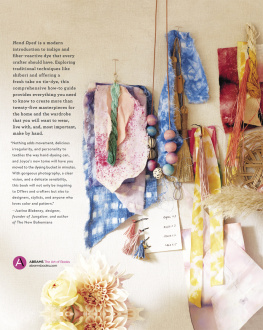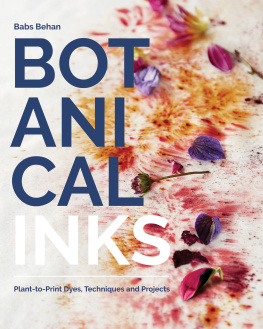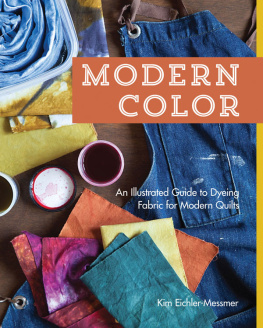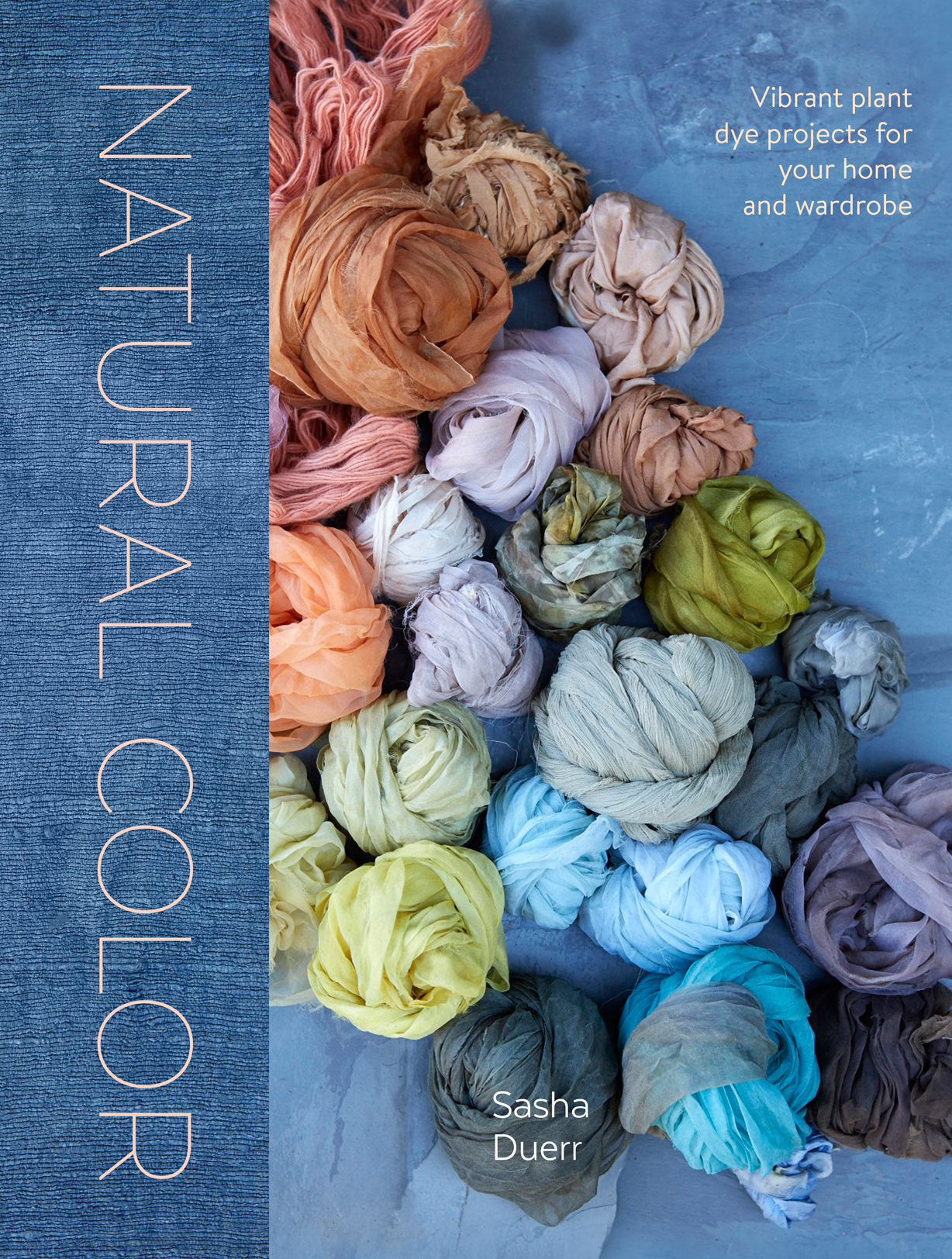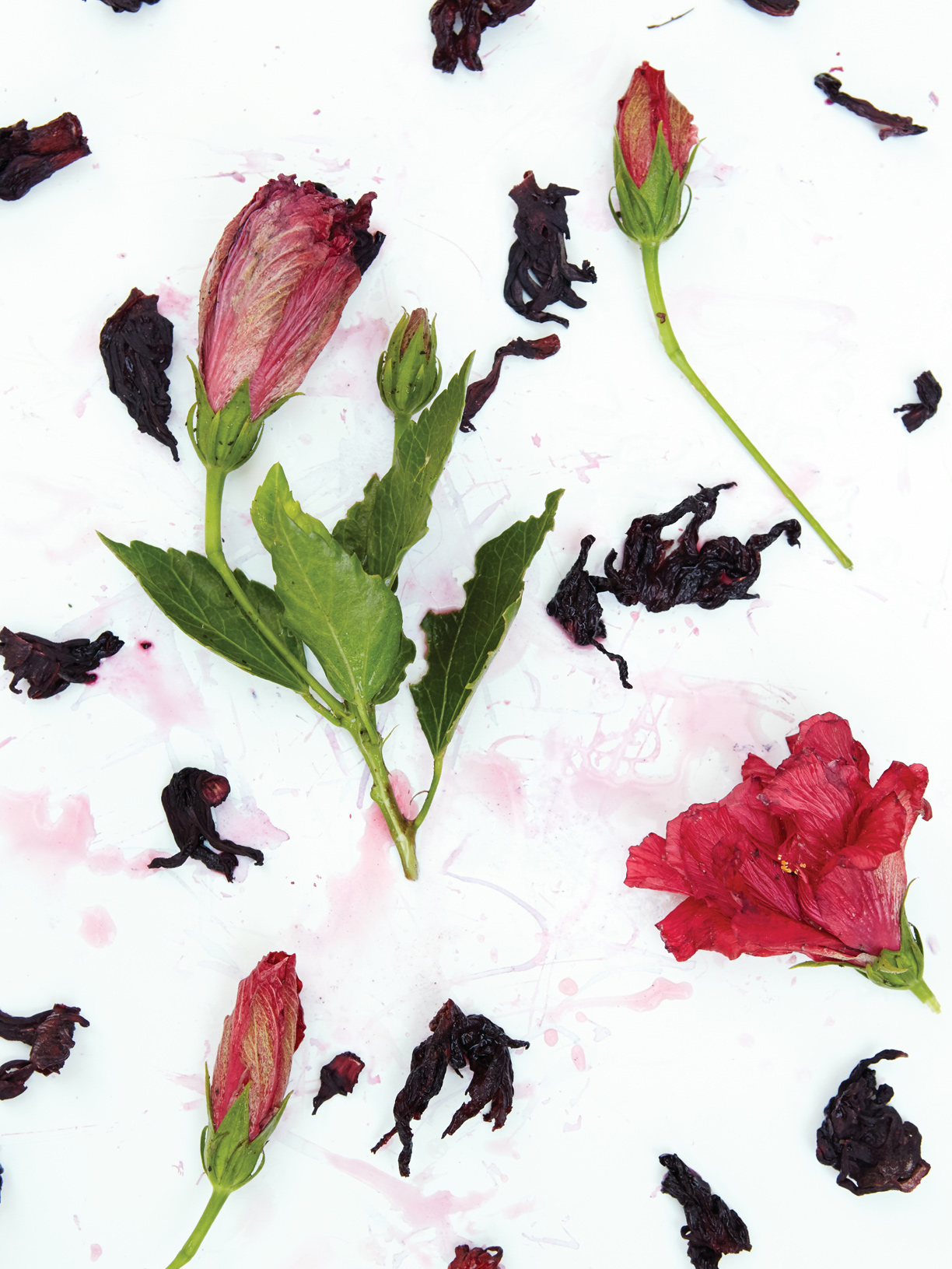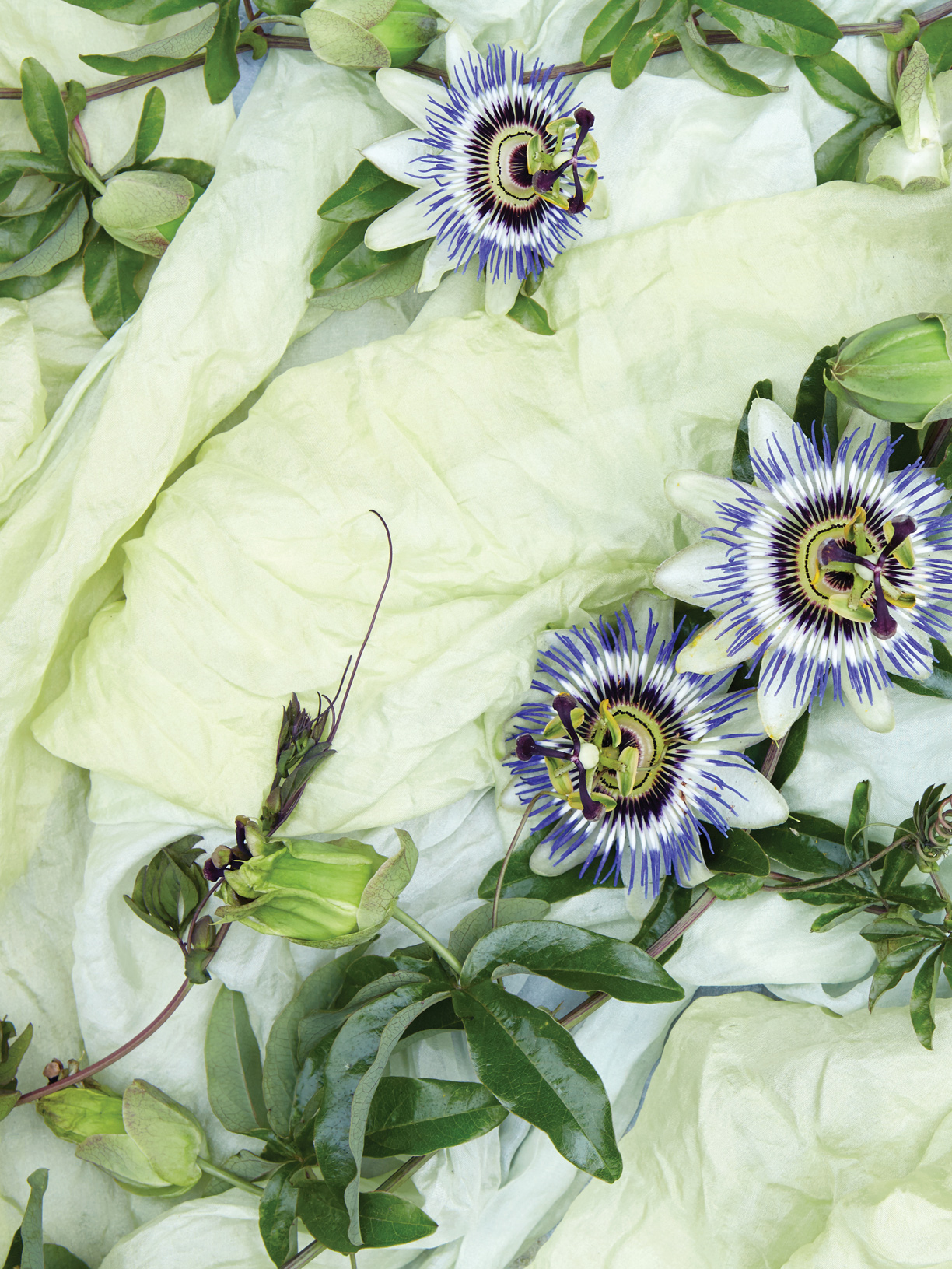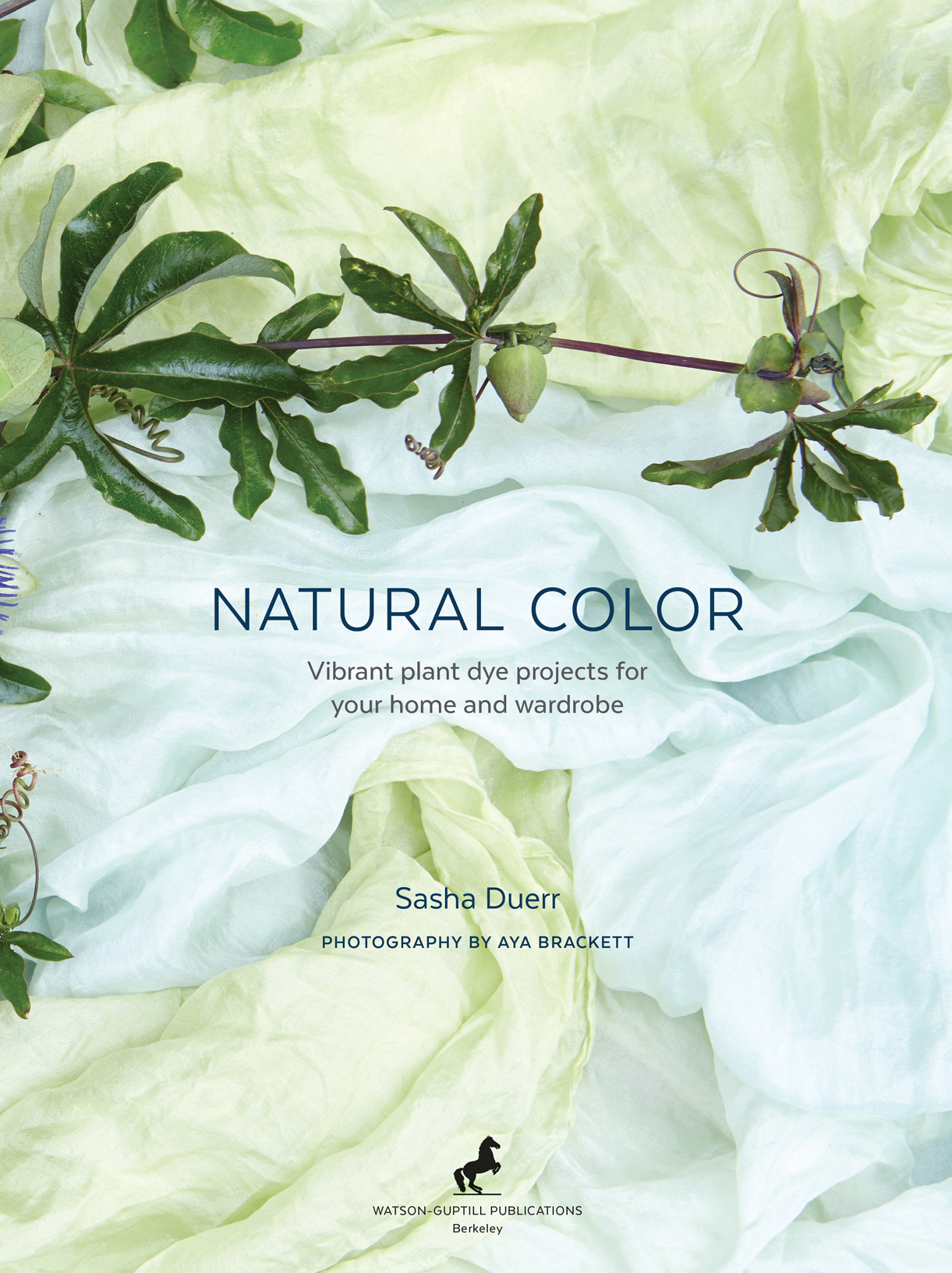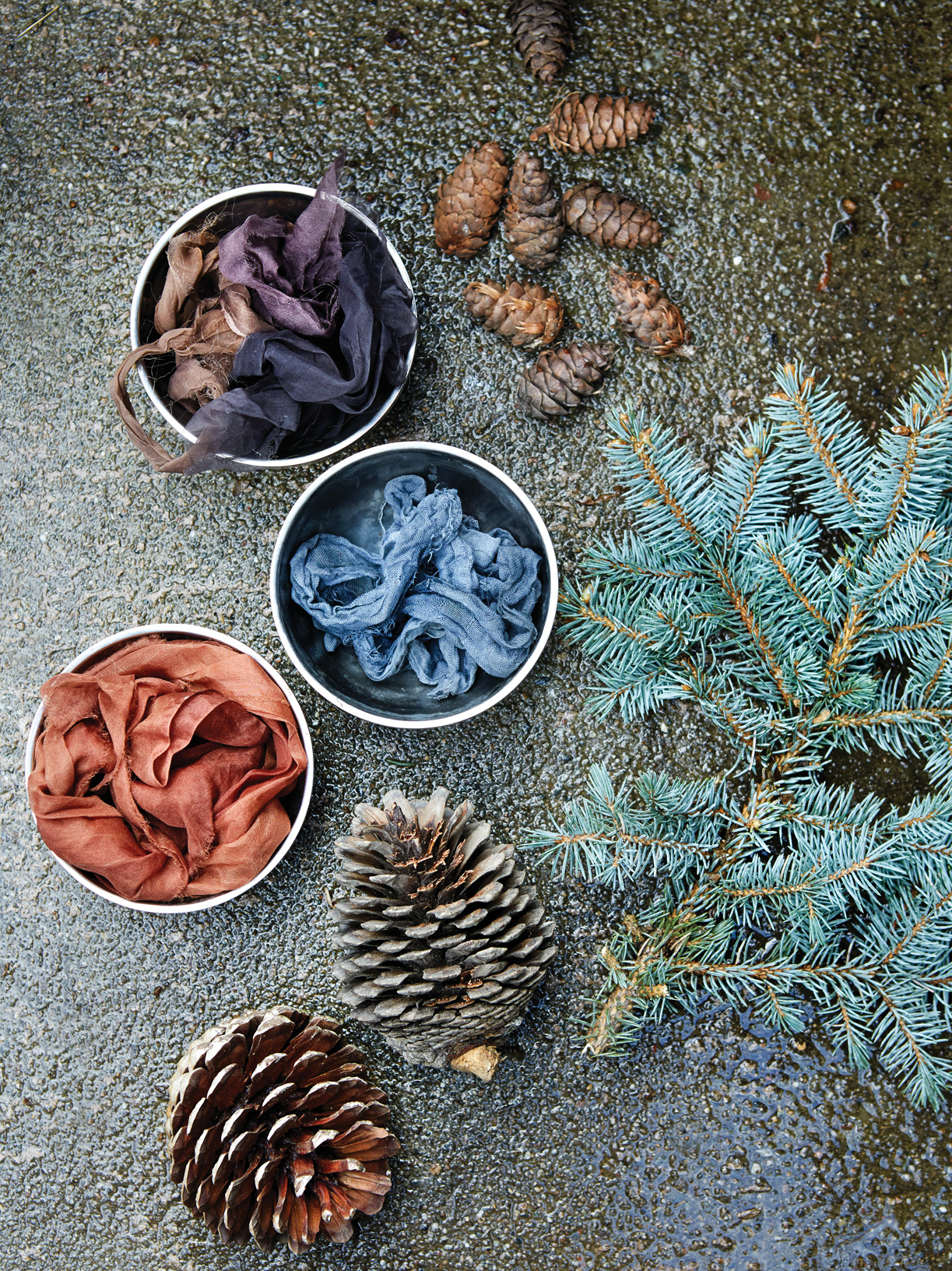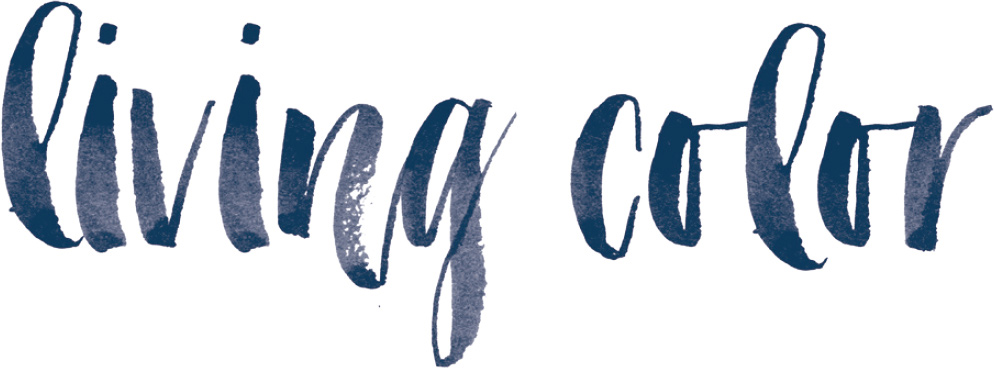Sasha makes a seemingly complicated process appear less daunting. Her beautifully illustrated book is filled with easy-to-follow recipes and ingredients that we all have on hand, in our gardens, or compost piles!
BEA JOHNSON , author of Zero Waste Home
In Natural Color, Sasha shares her extraordinary gift for seeing color in nature. Years of exploring and sharing natures endless color bring forth an ancient history of a forgotten language, one that connects us to where we live and who we are. Sashas curiosity and deep love for nature opens a whole new world, not only seeing nature for its beauty and function, but also for the endless possibilities of color and the healing properties it gives. Through accessible projects and seasonal plant dying recipes, Sasha brings beautiful color to our lives and deepens our connection to nature.
MOLLY DE VRIES , owner of textile company, Ambatalia
Natural Color is a rainbow of inspirationproviding so many exciting ideas for playing with the colors of our natural world, new ways of bringing the beauty of plant dyes into our lives, and connecting with the magic of plants.
KIRSTY HUME , Model and Environmental Advocate
Copyright 2016 by Sasha Duerr Fossel
Photographs copyright 2016 by Aya Brackett
All rights reserved.
Published in the United States by Watson-Guptill Publications, an imprint of the Crown Publishing Group, a division of Penguin Random House LLC, New York.
www.crownpublishing.com
www.watsonguptill.com
WATSON-GUPTILL is a registered trademark, and the WG and Horse designs are registered trademarks of Penguin Random House LLC
Library of Congress Cataloging-in-Publication Data
Names: Duerr, Sasha, author.
Title: Natural color / Sasha Duerr.
Description: First edition. | Berkeley : Watson-Guptill Publications, [2016]
Identifiers: LCCN 2016002216|
Subjects: LCSH: Dyes and dyeingTextile fibers. | Dyes and dyeing, Domestic. | Dye plants.
Classification: LCC TT854.3 .D923 2016 | DDC 746.6dc23
LC record available at http://lccn.loc.gov/2016002216
Hardcover ISBN9781607749363
Ebook ISBN9781607749370
eBook design adapted from printed book design
v4.1
a
CONTENTS
PROJECTS


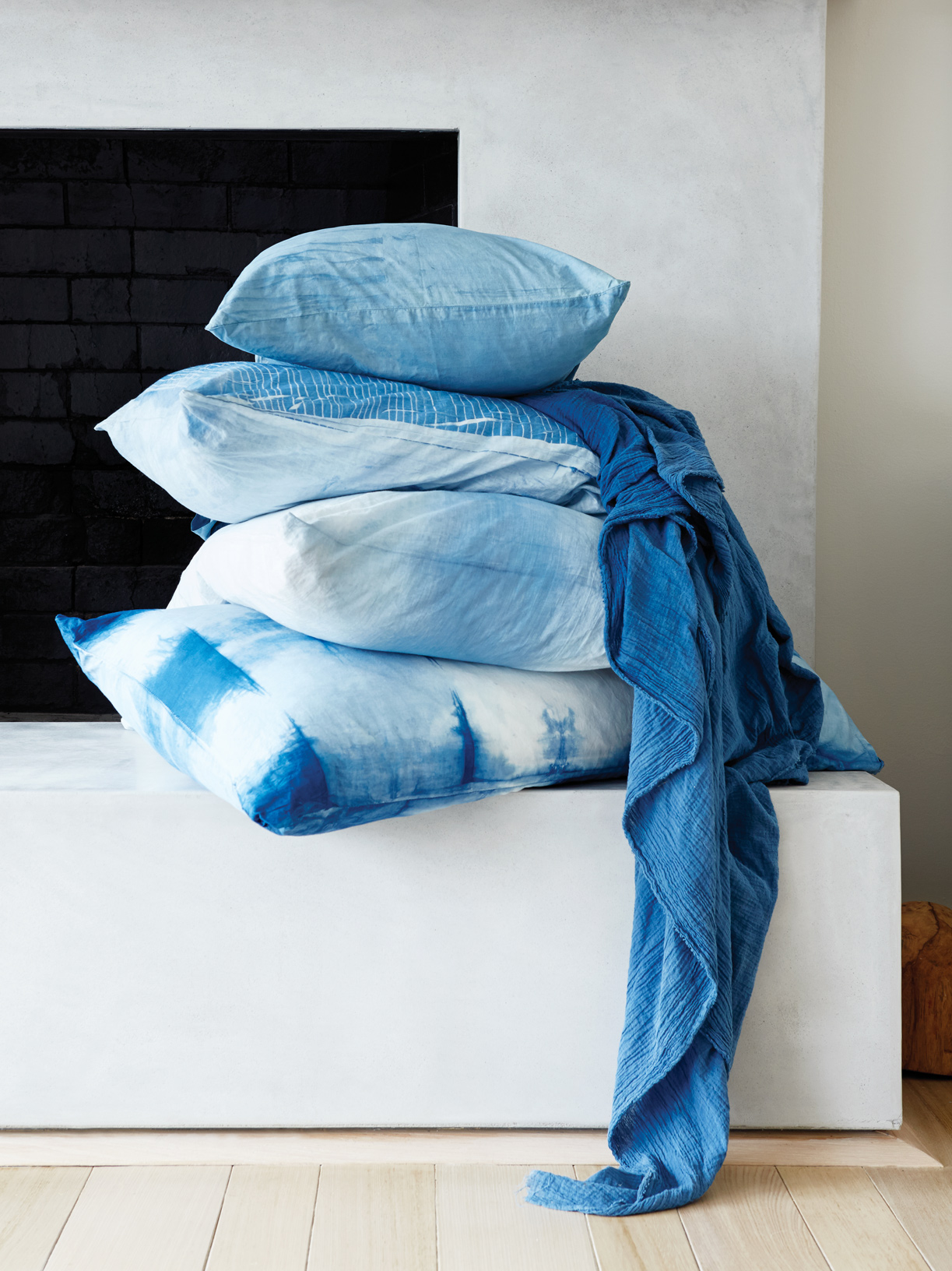

AN INTRODUCTION
I grew up on both edges of the United Stateson a biodynamic farm on the coast of Maine and on the volcanic black sand beaches and in the rainforests of the Big Island of Hawaiiand my outdoor play was an exploration and comparison of the biodiversity of plants and place.
Throughout my childhood, I was surrounded by an abundance of natural colors and textures: bright white snow, deep brown mud, cerulean blue waters, pink granite, porous black lava rocks. Green pinecones made streaks of fuchsia in rain puddles; avocados as big as my hand would drop from trees onto jungle pathways; aloe could be cut from bushes in our neighborhood to heal skin burned by too much sun. My younger years were enriched with forts in the mossy woods and bamboo forests; I made my own mineral-based eye shadows from a variety of granite rock deposits and my own shampoos out of awapuhi ginger and red hibiscus flowers. This natural bounty instilled in me the endless possibilities of nature and culture. It reinforced the practical purpose, creative opportunity, as well as wonder and awe of getting to know the plants and ecology around us.
In my early twenties, as an artist making oil paintings, I started to realize that my chosen medium was making me sick with headaches and nausea. Faced with these sensitivities, I began to seek alternatives to the paints I was working with. I asked my art professors, but none seemed to know the best way of creating my own pigments and colors. As most of the information on making natural paints that I found in library books was outdated and lacking in specifics, I started to investigate how to make my own plant-based paints. I soon realized that the answers to many of my questions lay not in painting but in textiles and fiber arts.
With newfound determination to make my own colors, from soil to studio, at the end of my college years I traveled to Indonesia, India, Nepal, and Tibet. It was not easy finding sources for the how-tos of sustainable plant dye practices in my travels. (Since then, I have gained insights about where to go and how to find knowledgeable and reputable natural dye sources.) Returning to the United States, I looked to my own communities for insight into working with plant dyes, seeking out those I had grown up with in the back-to-the-land communities of Maine and Hawaii.
While setting up my postcollege life in San Francisco, experimentation with making natural dyes from plants found on my urban sidewalk, in my kitchen, and at the farmers market opened my eyes to the accessibility of these nontoxic dyes. I fell in love with the variety and sources of plant-based palettes in our everyday lives. And I was greatly troubled that we had lost so much of this common information in just a few generations. When I first moved to San Francisco, I was working for an environmental nonprofit, Rainforest Action Network, and at several contemporary art galleries. I began to see how the world of design and art, environmentalism, and the urban agricultural movement was ripe for collaboration. With Northern Californias year-round growing season and the Bay Areas focus on innovative art and design, the time was right for a plant-based color revival.


